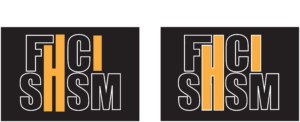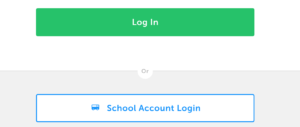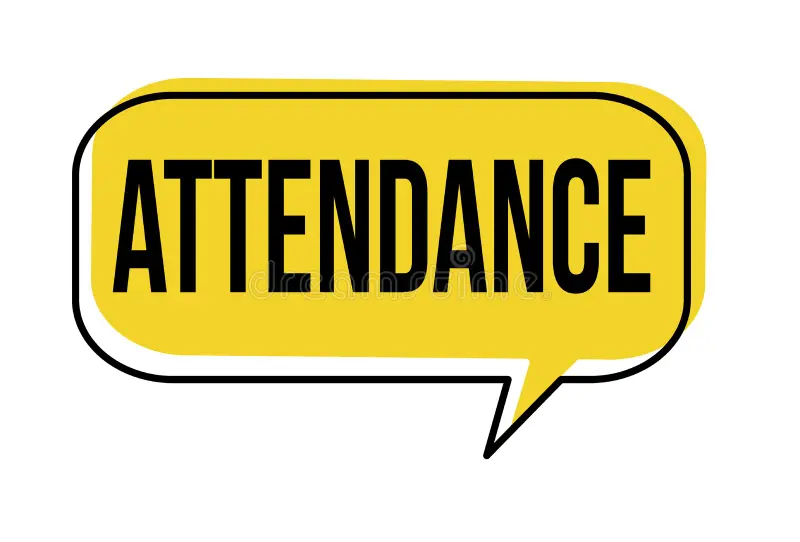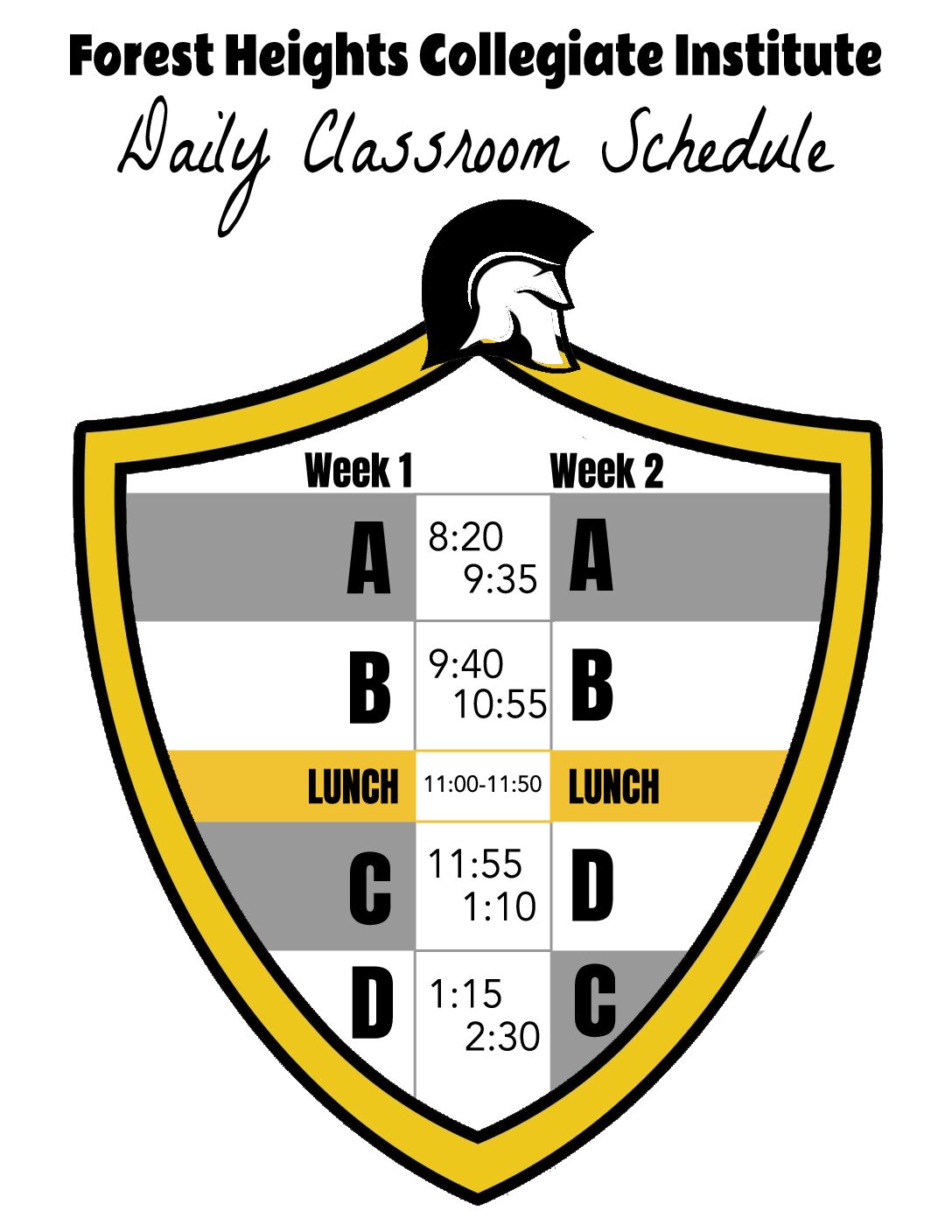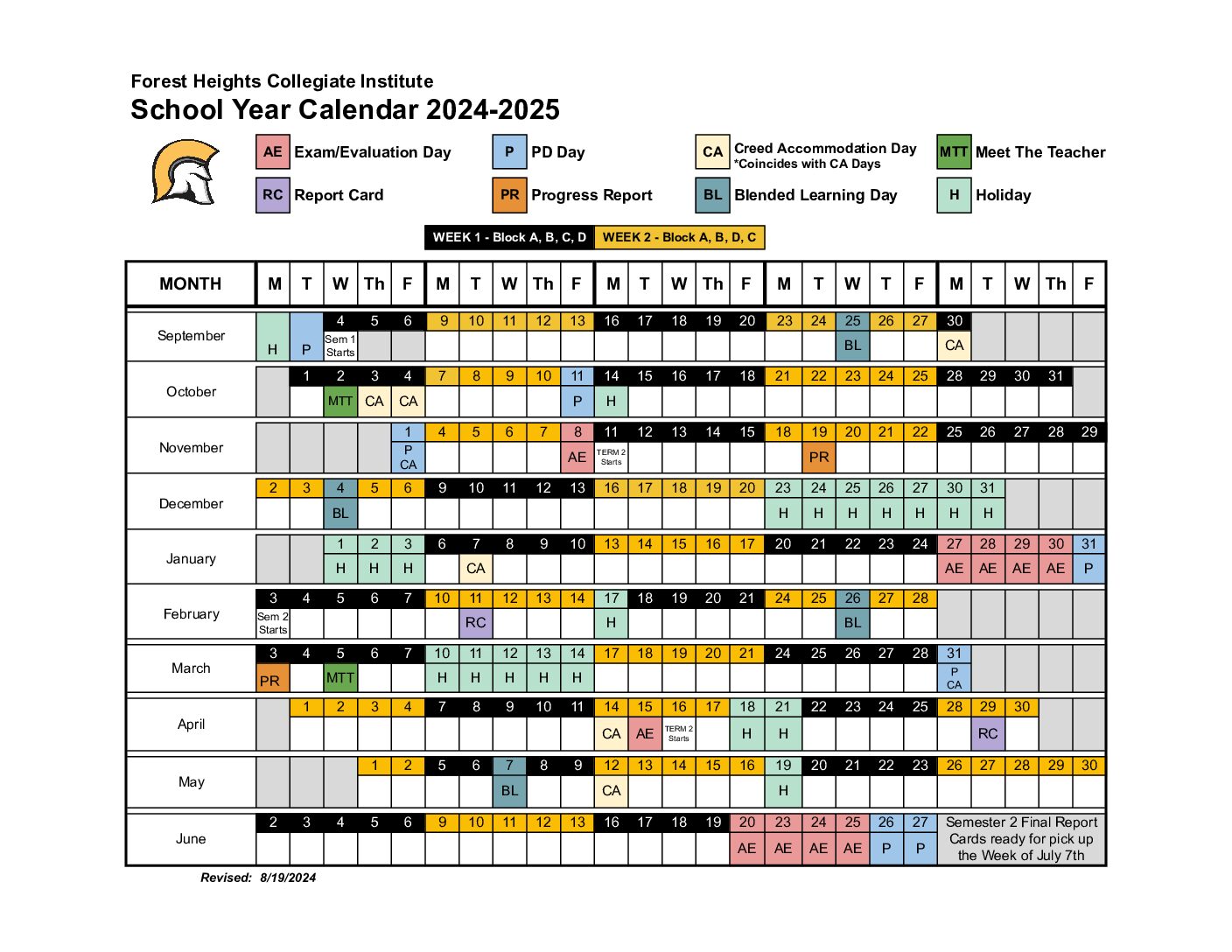Welcome to Grade 11 Trojans!
Preparing to select your courses for 2025-2026
To help us to help you, current Grade 10 students are asked to fill in the Grade 10 Career/Life Planning Pathways Questionnaire (you will need to be logged into your Google account to access it!) prior to starting course selection in January 2025.
You can use this Grade 11 Course Selection Cheatsheet to help you track your choices and have discussions with your parents and teachers about the courses that are right for you.
Start with discussing your pathway plans and goals with your parents/caregivers. If you have any questions, ask your guidance counsellor or teachers. Use the information and links contained on this webpage to do your research.
myBlueprint is key to helping you plan your pathway. Be sure you log into your account and use the resources within the site to help you.
Once you’ve finalized all your course selections, you will submit these choices in myBlueprint.
Step 1: Choose Your Compulsory Courses
Students are required to take 7 courses in Grade 11 but we highly recommend you take 8 courses in order to leave yourself room for spares in your Grade 12 year.
All Grade 11 students must take the following two compulsory courses:
- English – All Grade 11 English courses offered in the WRDSB are now going to be offered as the following course:
- NBE3CI/NBE3EI/NBE3UI – English: Understanding Contemporary First Nations, Metis and Inuit Voices (college/workplace/university levels)
- Mathematics – Students and their caregivers should carefully consider their desired pathway when they select their Grade 11 mathematics course. If you or your parents/caregivers have any questions about the course/pathway you are going to pick, please discuss it with your math teacher or your guidance counsellor.
- NOTE: Students in Extended French must also select FEF3UI – consult your guidance counsellor if you think you need to still complete any other outstanding Extended French credits
When moving into the senior grades, your post-secondary plans need to be considered as you will be choosing the level of programming based on your desired pathway. You will have the choice to take these compulsory credits at the “college” or “university” or “workplace” level of programming.
You should also take some time to look ahead to Grade 12 courses (especially math and English) to ensure that you are taking the appropriate level of course in order to prepare for Grade 12 courses.
**Now is the time to be very thoughtful in your selections – senior courses fill up quickly and there are often a limited number of sections (classes) available. If you have any questions about your course selections and how they might impact your pathway planning/post-secondary destination, book an appointment with your guidance counsellor!
Step 2: Choose Your Elective Courses
After choosing your compulsory courses, you will choose elective courses.
There are different levels of elective courses:
College Pathway (designated by a “C” as the fifth character – e.g. BMI3CI)
University/College Pathway (designated by an “M” as the fifth character – e.g. CHW3MI)
University Pathway (designated by a “U” as the fifth character – e.g. HSP3UI)
Workplace Pathway (designated by an “E” as the fifth character – e.g. SVN3EI)
Open Level (designated by an “O” as the fifth character) courses are still offered, and are just that: open to everyone to take!
As with compulsory courses, the elective courses may have prerequisites depending on the level you are selecting. Be sure you know that you have the required prerequisite before selecting a senior level course at the various levels. MyBlueprint will indicate there is a problem with your selection if you do not have the correct prerequisite by turning the selection red.
All students must select a minimum of five elective courses in Grade 11. However, we highly recommend you use this year as the year to explore a wide variety of options that interest you. Click on the course code to learn more information about each course.
Course Descriptions for all FHCI courses offered in 2025-2026 are available in the public FHCI myBlueprint page – please carefully review them when you are making your course selections.
| ADA3MI | Dramatic Arts, University/College | HFC3EI | Food and Culture | |
| AMG3OI | Music – Guitar, Open | HNC3CI | Fashion & Creative Expression, College | |
| AMI3MI | Instrumental Music – Band, University/College | HPC3OI | Raising Healthy Children, Open | |
| AMV3MI | Music – Vocal, University/College | HSP3CI | Introduction to Anthropology, Psychology, Sociology, College | |
| ASM3MI | Media Arts, University/College | HSP3UI | Introduction to Anthropology, Psychology, Sociology, University | |
| ATC3MI | Dance, University/College | ICS3UI | Introduction to Computer Science, University | |
| AVI3MI | Visual Arts, University/College | IDC3OX | Interdisciplinary Studies (Student Leadership, Level 1), Open (Application/Interview required) | |
| AWQ3OI | Visual Arts – Digital Photography, Open | LWSCUI | Spanish Level 3, University | |
| AWS3OI | Visual Arts – Digital Media, Open | NDA3MI | Contemporary Indigenous Issues and Perspectives NOT OFFERED 2024-25 | |
| BAF3MI | Financial Accounting Fundamentals, University/College | PAF3OY | Personal Fitness – Live Fit (female), Open | |
| BMI3CI | Marketing: Goods, Services & Events, College | PAF3OY | Personal Fitness – Power Fit, (male), Open | |
| CGF3MI | Forces of Nature, University/College | PPL3OX | Healthy Active Living (female), Open | |
| CGG3OI | Travel & Tourism:A Geographic Perspective | PPL3OY | Healthy Active Living (male), Open | |
| CHT3OI | Twentieth Century History, Open | SBI3CI | Biology, College | |
| CHW3MI | World History to end of 15th Century, University/College | SBI3UI | Biology, University | |
| CLU3EI | Canadian Law, Workplace | SCH3UI | Chemistry, University | |
| CLU3MI | Canadian Law, University/College | SPH3UI | Physics, University | |
| DCO3OC | 2 Credit Coop (please select this even if it is your second time taking coop or you wish to explore 3/4 credit coop) | SVN3EI | Science, Workplace | |
| TDJ3MI | Technological Design, University/College | |||
| FEF3UI | Extended French, University | TEJ3MI | Computer Engineering, University/College | |
| FSF3UI | Core French, University | TMJ3CI | Manufacturing Technology, College (Machine, Welding & Fabrication Focus) | |
| GPP3OI | Peer Helping, Open | TTJ3CI | Transportation Technology, College | |
Note: There are no course fees. For some courses, there could be a supplemental fee for consumable materials or experiential opportunities like field trips. In addition, extra-curricular clubs, school events and teams will have fees. We do not want fees to be a barrier from a student participating, so If you have a concern about a supplemental fee, please know there are funds available to support students. Please speak with your teacher, vice-principal or guidance counsellor.
Specialist High Skills Major at FHCI – an opportunity to explore pathway sector, take a set of bundled credits, and participate in experiential learning activities and field trips! Students who complete the required certifications and a 2-credit cooperative education placement will receive a Red Seal on their OSSD.
We are now offering SIX SHSM Sectors at FHCI! Find a sector that is right for you (you can explore the options in myBlueprint OR speak to your guidance counsellor). Ideally students should indicate interest in Grade 10 and sign up for participation in the program to begin in the fall of their Grade 11 year.
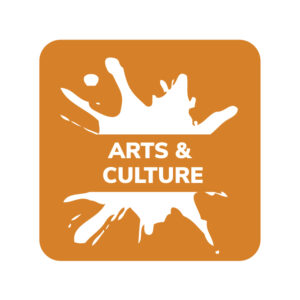 |
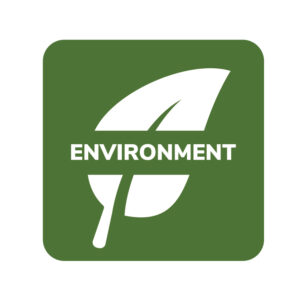 |
 |
 |
 |
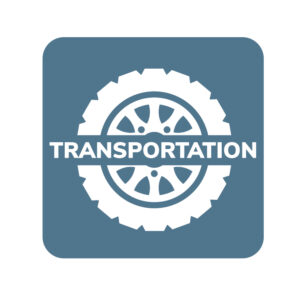 |
SPECIAL Pathway Programs To Consider
Cooperative Education and OYAP (opportunities to explore a skilled trade apprenticeship)
Dual Credits – Earn high school and college credits at the same time! This is a program offered by the WRDSB in partnership with Conestoga College. Visit the WRDSB Dual Credit website for program information.
OYAP-FAST
Course Description:
Focused Apprenticeship Skills Training (FAST) is an accelerated stream within OYAP that will allow students in Grades 11 and 12 to participate in more apprenticeship learning through additional Cooperative Education credits while completing their OSSD.
To participate in OYAP-FAST, students must:
- Meet the OYAP eligibility requirements
- Be 15 years old or older
- Have completed 14 credits towards their Ontario Secondary School Diploma (OSSD)
- Complete and OYAP Participant Form during their Co-op placement
- Have signed parent/guardian consent to participate in OYAP-FAST
- By signing this consent form, students and caregivers acknowledge that if a student withdraws from OYAP-FAST, all other regular OSSD course requirements must be completed to earn an OSSD.
Completion requirements for OYAP-FAST include that a student has:
- Earned 8 to 11 Cooperative Education credits with their placement component in the skilled trades.
- By the time they complete their eighth Cooperative Education credit, their Co-op employer must register them as an OYAP apprentice (obtained a Registered Training Agreement (RTA)).
Students who meet the above completion requirements and all other OSSD requirements will be awarded the OYAP-FAST seal on their OSSD, and OYAP-FAST will be listed in the Specialized Program field of the Ontario Student Transcript (OST).
Other Considerations:
- Although it’s not required, it is recommended that a grade 12 math course is completed on top of the above listed components.
- While the OYAP-FAST program does provide an alternative pathway for students to achieve an OSSD, there may be post-secondary limitations to the OYAP-FAST OSSD seal. Students should consider all their pathway options before committing to OYAP-FAST.
** If you would like more information about these programs, or fill out an application, please make an appointment to speak to your Guidance Counsellor
E-learning/Online Learning Requirements
Note that all students will need to complete the equivalent of 2 full credits of online/e-learning courses in order to graduate (unless a parent/caregiver signs the opt out form).
To help you with your planning, the WRDSB will offer the following courses in 2025-2026 through our e-learning platform. Please speak to your guidance counsellor if you plan to take these courses through the e-learning platform versus regular in-school programming. You must indicate your choice to take the e-learning courses in myBlueprint by selecting the correct course codes that end in “E”.
Compulsory Courses available in e-learning format: NBE3CE – Understanding Contemproary First Nations, Metis, and Inuit Voices (College)*; NBE3UE* – Undestading Contemproary First Nations, Metis, and Inuit Voices (University);
Optional/Elective Courses available in e-learning format: AVI3ME – Visual Arts*; AWQ3OE – Visutal Arts:Photography*; BAF3ME– Financial Accounting Fundamentals*; BDI3CE– Entrepreneurship: The Venture, Grade 11, College; BMI3CE – Marketing (College)*; CGG3OE– Travel and Tourism: A Geographic Perspective*; CHA3UE – American History; CLU3ME– Understanding Canadian Law, Grade 11, University/College*; DCO3OE– Creating Opportunities through Co-op*; EMS3OE– Media Studies, Grade 11, Open; GWL3OE– Designing the Future, Grade 11, Open; HPC3OE– Raising Healthy Children, Grade 11, Open*; HSP3UE– Introduction to Anthropology Psychology and Sociology, Grade 11, University*; ICS3UE– Introduction to Computer Science, Grade 11, University*; LNAAOE – Native Languages – Level 1; MBF3CE– Foundations for College Mathematics, Grade 11, College*; MCF3ME– Functions and Applications, Grade 11, University/College*; MCR3UE – Functions – Mathematics University*; PPZ3CE– Health for Life, Grade 11, College; SBI3CE– Biology, Grade 11, College*; SBI3UE – Biology University*; SCH3UE – Chemistry University*; SPH3UE– Physics, Grade 11, University*; SVN3ME– Science, Grade 11, University/College
*indicates that we offer the same course as an in-class option at FHCI
Step 3: Enter Your Courses in myBlueprint
Course selections will be completed in myBlueprint. Note: You should select the Login using a School Account option. This will allow you to use your WRDSB PAL account login.
- When Course Selection is open, your High School planner page becomes your course selection page – follow the steps to select, review and submit your course selections
- Step By Step Guide: Course Selection Process in myBlueprint
- You will need to provide your parent/caregiver’s email address to have your selections approved electronically – please be prepared to do this!
Step 4: Course Selection Verification Process (after March Break 2025)
If we do not receive an electronic confirmation of your parent’s approval of your course selection, we will print a copy and have students take it home to be signed.
Our goal is to have a hard copy of a signed/approved electronically choices for EVERY SINGLE STUDENT!

